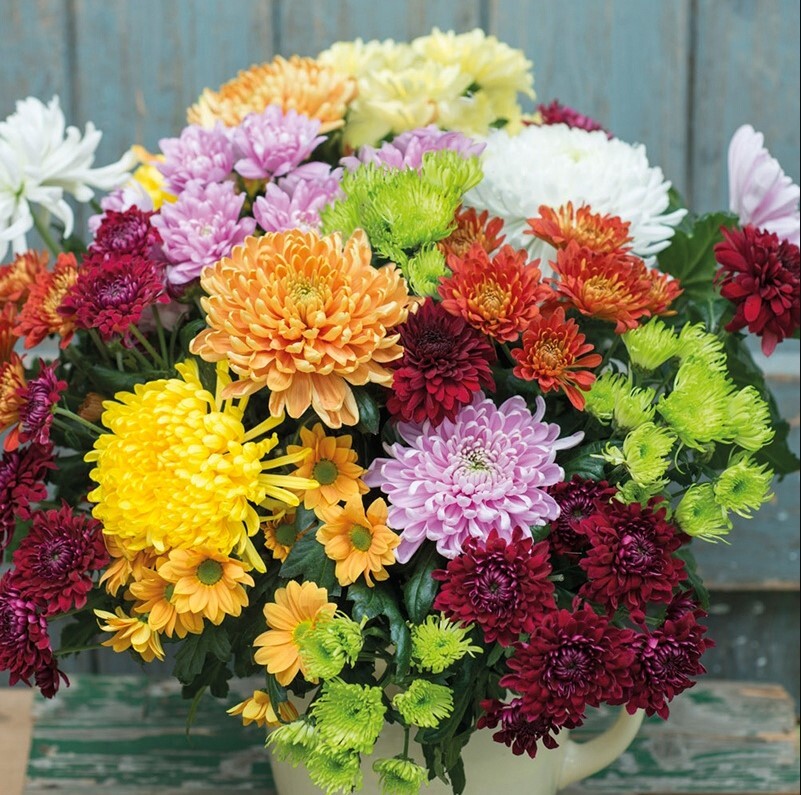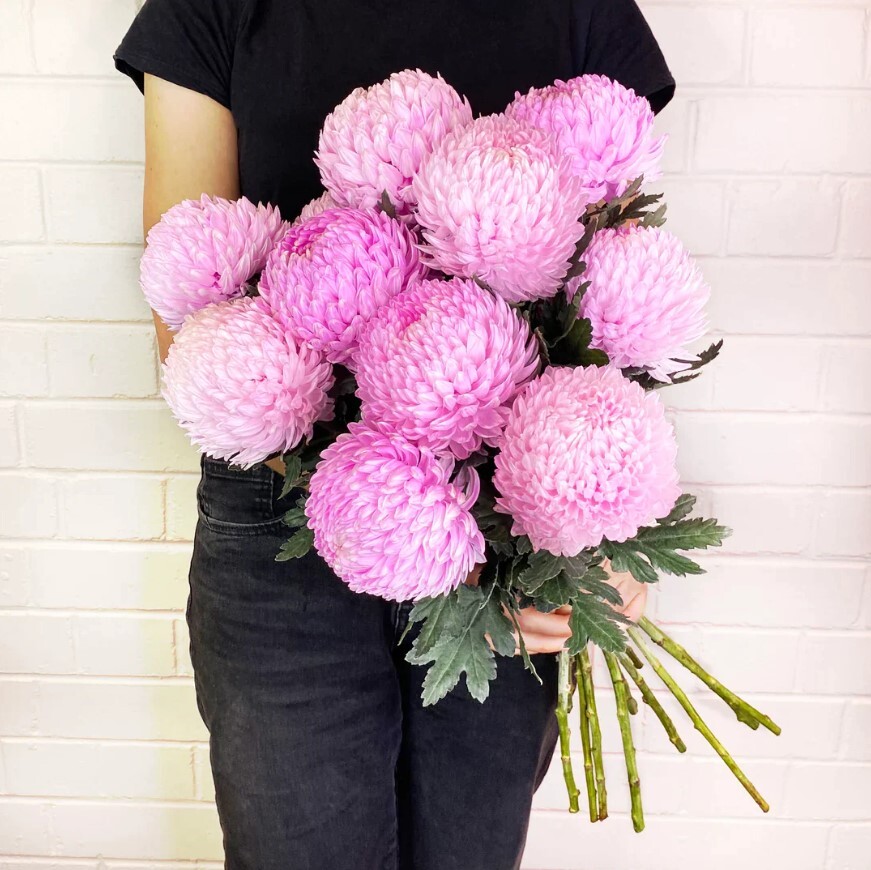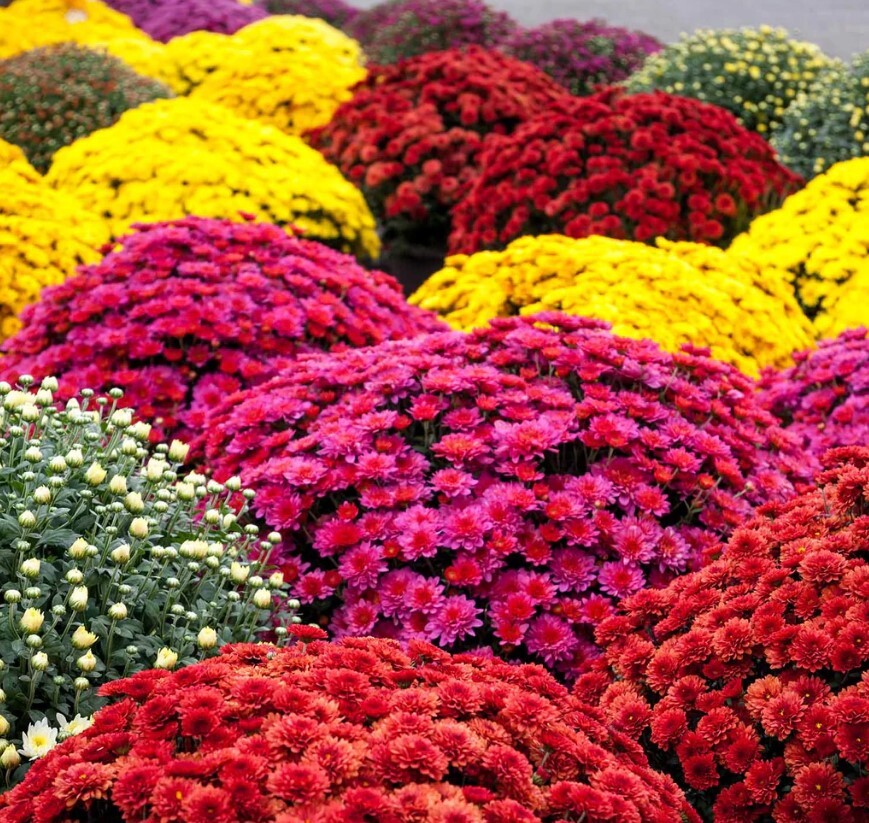Chrysanthemum Varieties: Culture, Symbolism, and Care Tips
Chrysanthemums, commonly known as mums or chrysanths, are a diverse group of flowering plants in the Asteraceae family. Originating from Asia and northeastern Europe, these plants have become popular worldwide for their vibrant and varied blooms. Here's a comprehensive overview of Chrysanthemums:
Varieties and Types:
- Garden Mums: These are the most common type and are often grown as ornamental plants in gardens.
- Florist's Mums: Cultivated for their large and showy blooms, often used in floral arrangements.
- Cushion Mums: Compact plants with numerous small flowers, creating a cushion-like appearance.
- Spider Mums: Characterized by long, tubular petals that resemble spider legs.
- Quill Mums: Petals are tubular but straighter, giving a quill-like appearance.
- Pompon Mums: Rounded, globe-shaped flowers with densely packed petals.
Appearance:
- Flower: Chrysanthemum flowers come in various shapes, sizes, and colors, including white, yellow, pink, red, and purple.
- Foliage: The leaves are usually deeply lobed and can vary in shape and size.
Cultivation:
- Sunlight: Chrysanthemums thrive in full sun but can tolerate partial shade.
- Soil: Well-drained soil with good fertility is ideal.
- Watering: Regular watering, especially during dry periods, is essential.
Symbolism:
- Positive Symbolism: Chrysanthemums are associated with positive meanings such as happiness, love, and longevity.
- Funeral Flowers: In some cultures, white chrysanthemums are used as funeral flowers and symbolize death and rebirth.
Uses:
- Floral Arrangements: Florists often use Chrysanthemums in arrangements due to their diverse colors and shapes.
- Gardens: Gardeners plant mums for their decorative qualities and late-season blooms.
- Traditional Medicine: In some cultures, Chrysanthemums are used in traditional medicine.
Cultural Significance:
- China: Chrysanthemums are the symbol of autumn and are highly regarded.
- Japan: The Chrysanthemum is the national flower and a symbol of the Emperor and the Imperial Family.
- Festivals: In some cultures, Chrysanthemum festivals celebrate the beauty of these flowers.
Chrysanthemum Day: Celebrated in Japan on the 9th day of the 9th month, it is a day to enjoy the beauty of Chrysanthemums.
Care Tips:
- Deadheading: Regularly remove faded blooms to encourage more flowering.
- Pinching: Pinch back young plants to encourage bushier growth.
- Overwintering: In colder climates, protect plants from winter frost.
Chrysanthemums are not only beloved for their stunning blooms but also for their rich cultural significance. Whether adorning gardens, bouquets, or festival displays, these flowers continue to be a source of beauty and symbolism worldwide.



